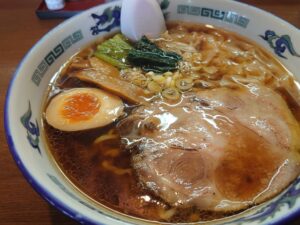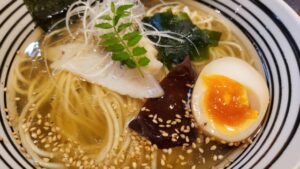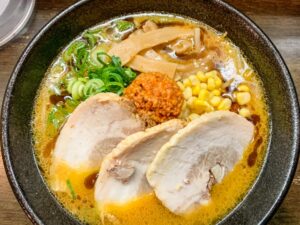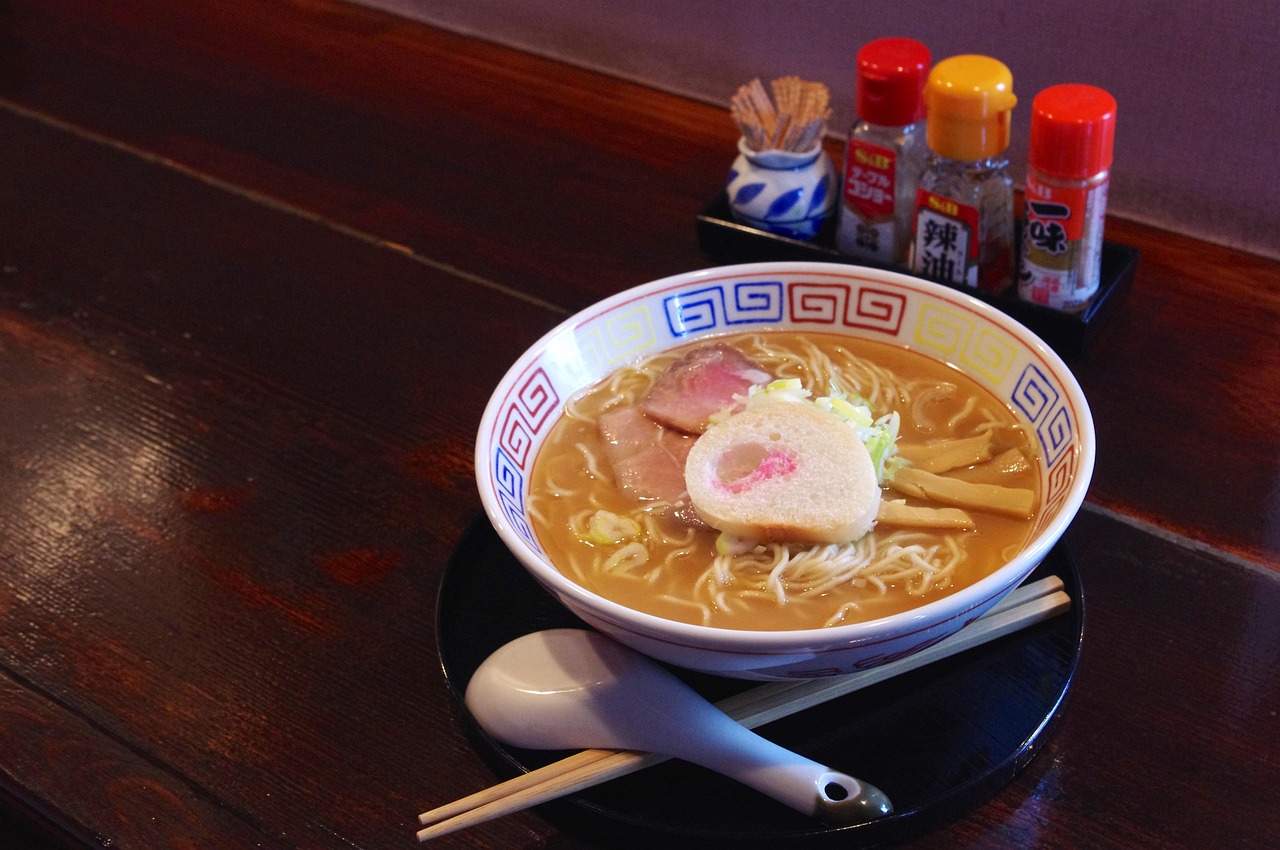While international gourmets marvel at the delights of sushi and wagyu, there’s another dish—one far more familiar and deeply cherished by the Japanese—that stirs stories and stokes passion.
That dish is ramen.
With over 50,000 ramen shops scattered across Japan, each bowl offers a unique taste shaped by the local climate, culture, and traditions.
But why is ramen so beloved by the Japanese people?
This article explores ramen not just as a food, but as a cultural artifact—diving into its history, flavor architecture, and regional roots.
From Foreign Flavor to National Treasure
Ramen traces its origins to China.
Known initially as la mian or chūka soba, this noodle dish began appearing in Japan during the late 19th to early 20th century. Introduced by Chinese immigrants from coastal provinces like Fujian and Guangdong, it began as a simple bowl—soft, udon-like noodles paired with lightly flavored broth.
Over time, this “foreign flavor” began to blend with Japanese tastes and lifestyles.
After the Great Kanto Earthquake of 1923, makeshift food stalls emerged in Tokyo’s burned-out streets, serving ramen to workers and displaced residents. With minimal setup required, ramen quickly became a staple of urban recovery.
Gradually, the dish evolved—broths were deepened with chicken bones and dried fish, noodles gained bounce through the addition of kansui (alkaline water), and soy sauce was added for a familiar umami kick.
Thus, ramen transformed from an exotic novelty into a beloved cornerstone of everyday Japanese cuisine.
A Taste of the Land, in Every Bowl
At its heart, ramen is a delicate interplay of soup and noodles. Yet this simplicity belies an incredible diversity. Across Japan, local ingredients and climate have given rise to regional styles, each telling its own story.
- Shoyu Ramen (Tokyo)
Born in the capital, this clear broth—made from chicken bones and dried sardines—gets its edge from a soy sauce base. Its light, nostalgic flavor has long appealed to diners of all ages.

Soy sauce ramen loved by people of all ages.
- Shio Ramen (Hakodate)
From the northern port city of Hakodate comes a translucent broth with a taste as clean as sea breeze. Infused with salt and seafood-based stock, it’s a refined, understated bowl that evokes the ocean’s bounty.

Salt ramen with a beautifully clear broth.
- Miso Ramen (Sapporo)
Hailing from snowy Sapporo, this hearty style is built for winter. Rich pork-and-chicken broth meets robust miso, topped with sautéed vegetables, corn, and butter—warming body and soul alike.

Rich miso ramen that warms you to the core.
- Tonkotsu Ramen (Hakata & Kurume)
In southern Japan, long-simmered pork bones yield a creamy white broth brimming with depth. Served with ultra-thin noodles and customizable toppings, it’s a bold yet comforting flavor that defines Kyushu’s ramen culture.

Tonkotsu ramen featuring a rich, milky broth and thin noodles.
The Beauty of Being Unexceptional
What makes ramen so universally loved?
Perhaps it’s the very fact that it’s not exceptional.
Unlike sushi or tempura, often reserved for special occasions, ramen is always within reach. It’s a part of the everyday—something that waits quietly at the end of a long day, or warms you on a rainy afternoon.
Yet its familiarity doesn’t mean it’s mundane.
Japan’s long-standing noodle culture—rooted in soba and udon—makes slurping a natural, even comforting act.
And ramen offers astonishing freedom: choose your soup base, noodle texture, toppings—even the time and place to enjoy it. That flexibility makes every bowl feel uniquely your own.

A variety of seasonings are placed on the counter at ramen shops.
Ramen isn’t just food.
It’s a quiet companion to memory and feeling—a piece of scenery tucked into a bowl.
A lonely bowl on a night alone. A laugh shared across a counter. An unexpected find on a journey far from home.
The memory of taste always travels with a landscape.
And so we keep eating ramen—
To discover new flavors.
To revisit old comforts.
To remember, or to begin again.
Even now, somewhere in Japan, someone is crafting a new bowl of ramen—
Made with local water, steeped in local broth, shaped by lives lived only in that place.
Ramen continues to evolve, gently and endlessly.
A thousand tastes, for a thousand hearts.




コメント